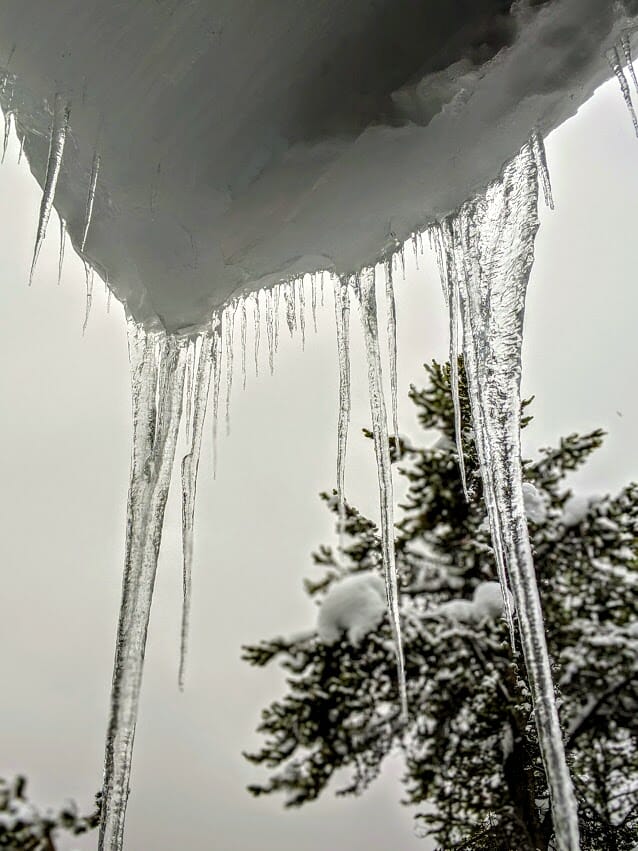It’s cold here along the northern fringes of the Snake River Plain — snow blankets the ground, and the wind has a sinister bite, even though it’s not even Thanksgiving yet. As I’ve gotten older, this is the time of year I like the least — it’s cold, but it’s going to get colder. There’s snow now, but so much more to come.
This year promises to be especially bleak, given the necessary social isolation that comes with a global pandemic. Face coverings and social distancing already restrict time with friends and family, and as winter sets in, there’s no telling when we might get to see them again, let alone pull them close and deliver that hug we’ve all been missing.
It’s just November, and I’m ready for spring. But spring is a distant dream here in eastern Idaho. We have wind-whipped blizzards ahead of us. The coming winter will deliver air so frosty that it crystalizes before our very eyes. Naked tree branches, icy sidewalks and smoky chimneys will tell our tales for months to come. Heavy coats will hang by the door. Boots. Gloves. And the ubiquitous face coverings, too, of course. Damn this virus for making this winter especially wintry.
And I know it’s not winter yet. No need to remind me.
And it springs sooner in other places, like along the Gulf Coast where folks are still in the throes of the summer storm season but really just a few short months away from new leaves and new weather year. Or down on the desert where winter brings a welcome respite from triple-digit heat (but it’s a dry heat, damn it), and where, by February, things start to warm up again. On in the low-country swamps when the gators soak up the sun and the bass think about the spawn, even under the naked branches of cypress trees standing sentry over black water.
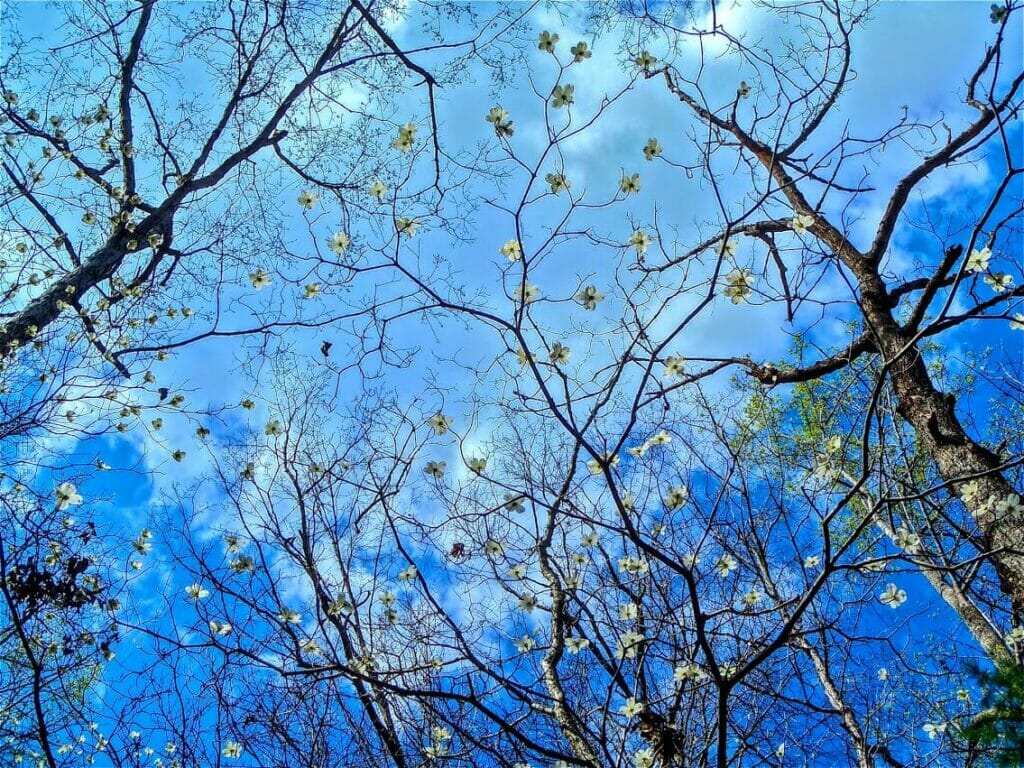
But nowhere does spring emerge like it does along the spine of the Appalachians. It starts in north Georgia, sometime in late February or early March, and it slowly trudges north and then, finally, west.
The hint of spring leaves yet to sprout on the hardwoods of Appalachia might be one of the most uplifting illusions to the eye. A close look at a single tree branch reveals almost no real evidence that winter is giving up the ghost. But taken in as a landscape, with thousands upon thousands of branches hanging nude over the cold, clear water of a Shenandoah trout stream, spring whispers its potential with just a hint of bright, fresh green. The dogwoods and the redbuds come next — that’s when you know it’s time. That’s when it’s official.
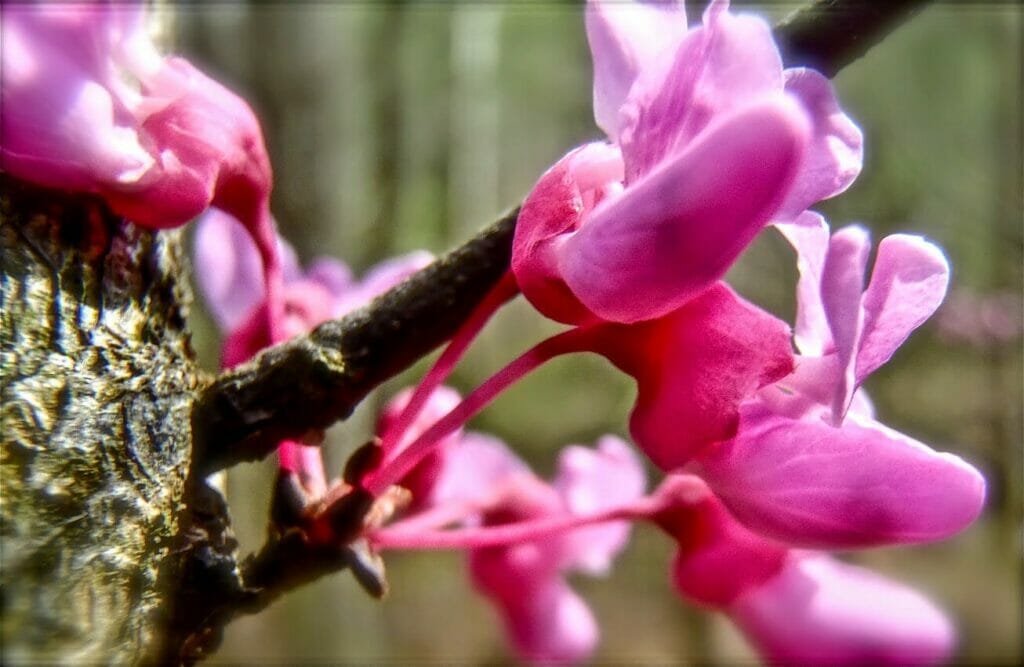
Thank God for that. Even in Idaho, it’s nice to hear from friends back east who get to feel those first, soft, warm breezes and see that subtle, almost subliminal suggestion of life returning to the woods.
And, for anglers who love to crawl through laurel thickets and hide behind hickory trunks as they cast flies into tiny creeks that gurgle through hollows, thank God for the brookies that seem to know a new season is almost upon them. While it might not be the proverbial “season of plenty,” the rare native char of the Eastern Seaboard do seem to perk up a bit when the weather warms, and when a dry fly is put within reach.
One late-March afternoon, some years back, I wondered over a ridge within the confines of Shenandoah National Park. The only real evidence of spring — outside of the sweat-inducing hike in the warm and, dare I say, muggy conditions of the day — was the purple-pink blooms on the redbuds and the bright-white flowers on the limber dogwoods that lined the trail. The slices of color served to emphasize the almost-green hue of the woods that served, if nothing else, to lift spirits. Winter would soon be a thing of the past. New life was springing from the mountains.
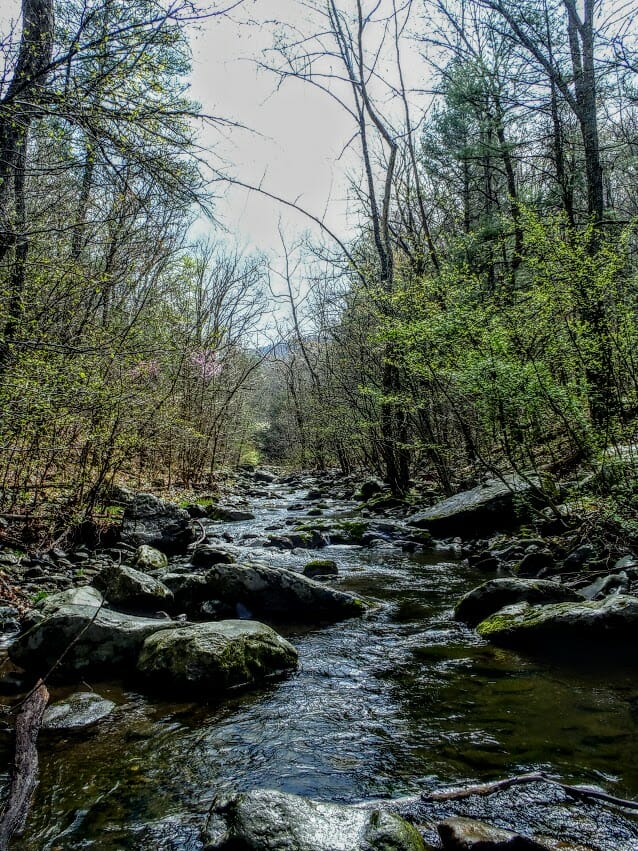
Spring was confirmed when I got the water and dipped my toes into the run. The water was cold and clear, shaded sparsely by the bare branches above. A brook trout nosed the surface after a small mayfly. Seconds later, another rise. In days, I knew, those branches would hold tender leaves, and within a couple weeks, they’d shelter the creek altogether, when the weather would really get warm, and the determined, and the fragile brook trout that finned in the creek would need the shade the most.
But at that moment, though, the brookies seemed plenty happy. Within just a few casts of the 12-foot Tenkara rod, I’d managed to miss a couple of eager strikes and connect with one tiny char whose eyes were clearly larger than it’s stomach. Even the size 16 Adams proved to be more than a mouthful. Within 15 minutes, three brookies had come to hand — nothing big, of course, but if you’re after big fish in the Shenandoah backcountry, you’re likely in for a long day.
I adore brook trout, both for their sheer beauty and for what I consider to be one of the more impressive wills to survive in the face of some pretty serious threats. And that’s especially true of the brookies that live where they’re supposed live, in the heart of Appalachia, where intact habitat is at a premium and where cold, clear water comes and goes with the whims of the weather.
There was a time when I got to chase these fish in their native waters once or twice a year. I haven’t made the trek for Appalachian brookies in years, sadly. And while the fish are diminutive, they burn with life. With the supple Tenkara as the weapon of choice on small, backcountry water, they get to show off a disposition of a fish twice the size would do well to emulate. Brookies are fighters. Brookies are survivors.
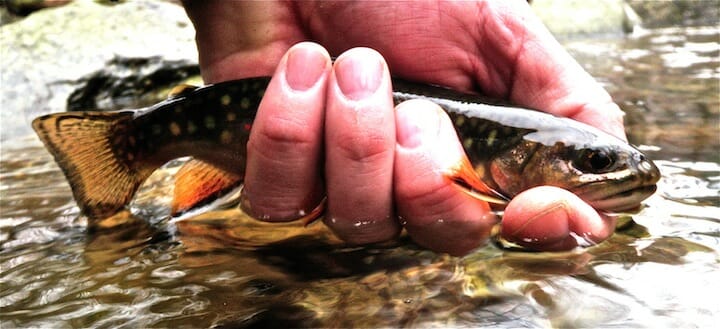
Brookies are damn near perfect. And, where they belong, their presence is priceless. I consider casting to brookies where brookies are supposed to swim an event, a full-on occasion worth celebrating.
I can’t count the times I’ve been asked about my preoccupation with brook trout, and how I can be so completely consumed with catching something so small, so insignificant.
My answer is simple: Suspend the obvious, where a yardstick might measure the importance of a catch and ask, instead, how convincing a fish so small to hit a fly can mean something so big.
For me, it’s easy. For others, it’s a stretch, and I get that. We all have our favorites. For some, it’s big-shouldered brown trout fought to hand through fast water. Others love the frustration that accompanies chasing steelhead, because success in that endeavor means so much.
Brookies, where they belong, are all about what’s right with the world. They prove that, with clean water running over the bedrock beneath the green canopy of an Appalachian forest, things can be just as they’re supposed to be.
That’s about as close to perfect as it gets, don’t you think?
I might have to brave the pandemic this coming March and land somewhere in Georgia. I’ll follow spring north for a bit, I think, keeping my distance and taking hints from the dogwoods and the redbuds.
It’s been a while since I’ve visited. And I’m ready for spring.



